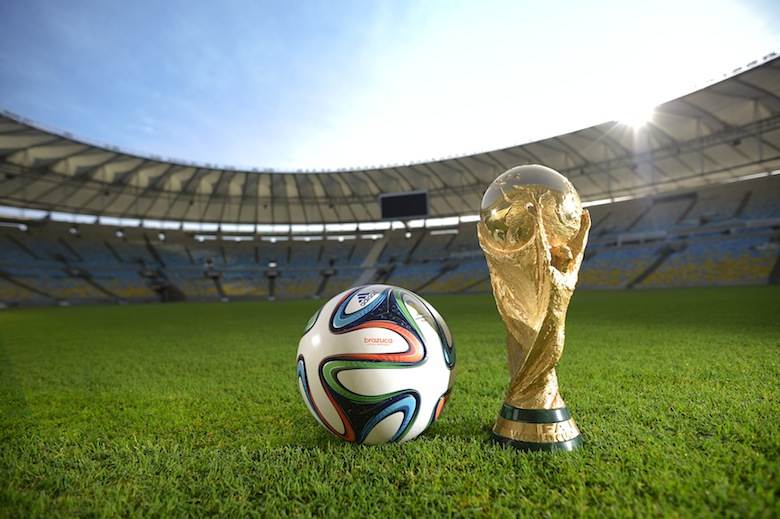Greenpeace says tests show PFOA in World Cup merchandise
20/05/2014

Produced in China, Indonesia, Cambodia, Bangladesh and Argentina and purchased in 16 different countries in Asia, the Americas and Europe, the shopping list consisted of 21 styles of football boot, four types of goalkeeping gloves, seven shirts and the replica version of the official tournament ball, the Brazuca from adidas.
The tests found substances such as perfluorinated chemicals (PFCs), nonylphenolethoxylates (NPEs), phthalates and dimethylformamide (DMF) in products from all three companies, Greenpeace said. Seventeen out of 21 styles of football boot and two of the four of types of goalkeeping gloves tested were found to contain PFCs, including perfluorooctanic acid (PFOA). The adidas Predator boot was found to contain 14.5 microgrammes per square-metre of PFOA in the upper material, Greenpeace said, pointing out that adidas’s own in-house limit is less than one microgramme. Nike’s Tiempo boot contained 5.93 microgrammes per square-metre of PFOA.
The Brazuca official World Cup ball was found to contain NPEs. At the time of the announcement, Greenpeace said it had still received no reaction to its “very specific questions” from the brands concerned.
Greenpeace ‘detox’ campaign leader Manfred Santen told sportstextiles.com that, while clothing and footwear manufacturers have consistently drawn distinctions between long-chain PFCs such as PFOA and short-chain ones, with support form bodies such as the US Environmental Protection Agency, his organisation does not accept that short-chain PFCs are a valid alternative. He said: “We know short-chain PFCs are also very persistent and don’t degrade. We do not have enough toxicological data and don’t know enough about what the effect of short-chain PFCs will be after, say, five years.”
The organisation said it is not campaigning for any boycotts of goods produced in Asia or for manufacturing to return to Europe and North America. “We are not saying the brands should stop using these materials,” Mr Santen continued. “Just that they do not need to apply durable water repellent finishes that are based on fluorinated chemicals. There are a lot of alternatives on the market that would allow the brands to have the same quality and would add, if anything, only a low percentage of extra cost.”








